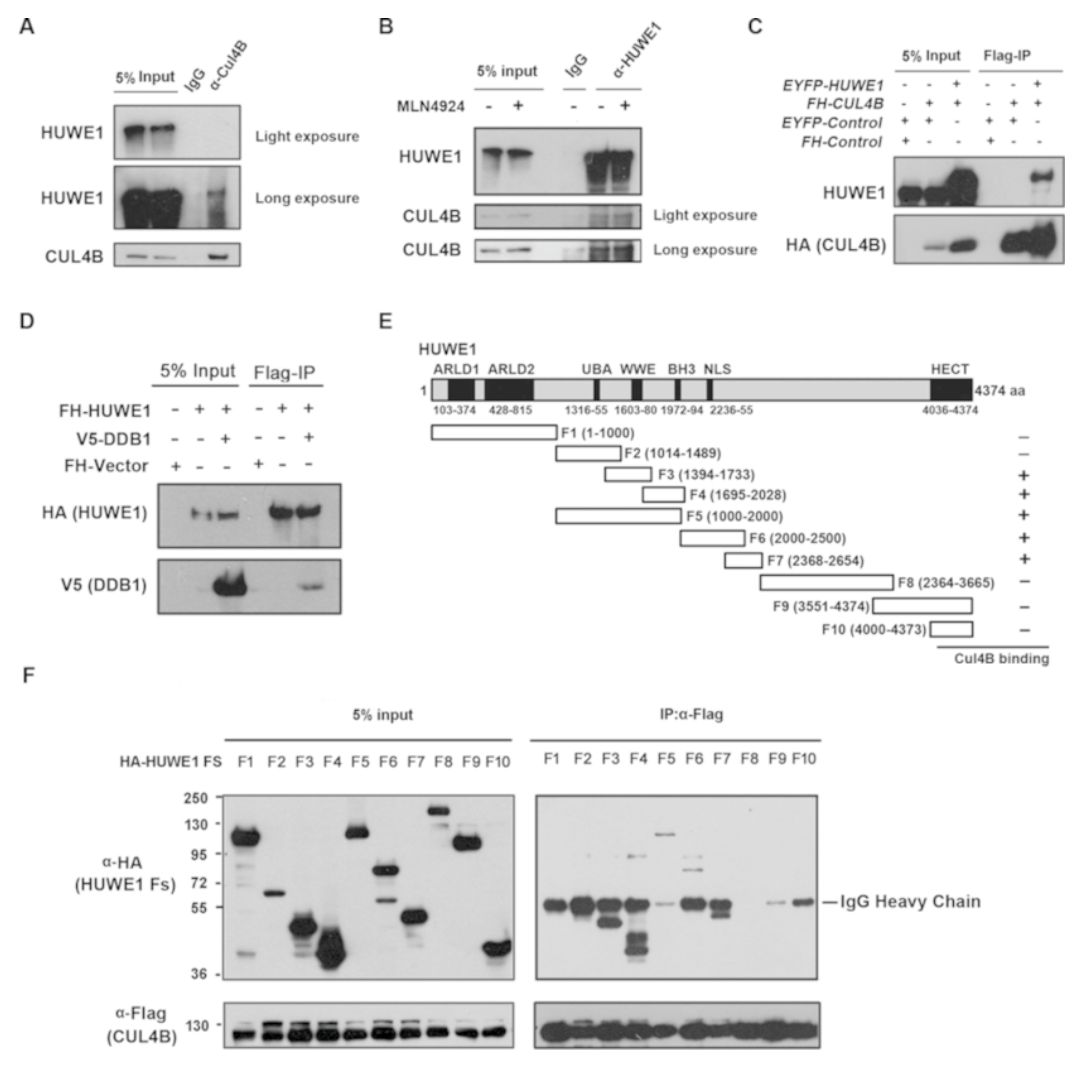The Rabbit Anti-CUL4B Antibody has been supported for the following programs: Immunofluorescence, and Western Blot. Cullin 4B/CUL4B encodes a scaffold protein that arouses a cullin-RING (really interesting new gene) ubiquitin ligase(E3) complicated in ubiquitylation. The CUL4 receptor is a protein of 913 amino acids. The calling domain is located between amino acid residues 217 and 815 and can be distinguished by C-terminal globular domain(cullin homology domain name ) and a run of N-terminal repeats(cullin repeats). Ohtake et al.(2007) describe a fat-soluble ligand-dependent ubiquitin ligase complex in human cell lines, where dioxin receptor(AhR) is incorporated as a part of a publication cullin 4B ubiquitin ligase complex, CUL4B(AhR). From the CUL4B(AhR) complicated, ligand-activated AhR functions as a substrate-specific adaptor element that targets sex steroid receptors for degradation. Their findings discover a role for AhR and demonstrate that a signalling pathway in which ligands modulate degradation through the ubiquitin ligase complex.
Core part of numerous ligase complexes, which mediate the ubiquitination and subsequent proteasomal degradation of target proteins. The specificity of this E3 ligase complex is based upon the substrate recognition subunit that is varying. CUL4B may behave inside the complex as a protein, leading through placement of the enzyme as well as the substrate. Plays a role as part of the E3 ligase complex in polyubiquitination of CDT1 H2A, histone H3 and histone H4 in reaction to radiation- induced DNA damage. Targeted to UV might be important for DNA replication and DNA repair and damaged chromatin. Needed for ubiquitination of cyclin E, and thus G1 cell cycle progression. Regulates the mammalian target-of-rapamycin (mTOR) pathway included with the control of cell development, metabolism and size. Particular regulation of this pathway depends upon 26S proteasome function and demands interaction involving MLST8 and CUL4B.

